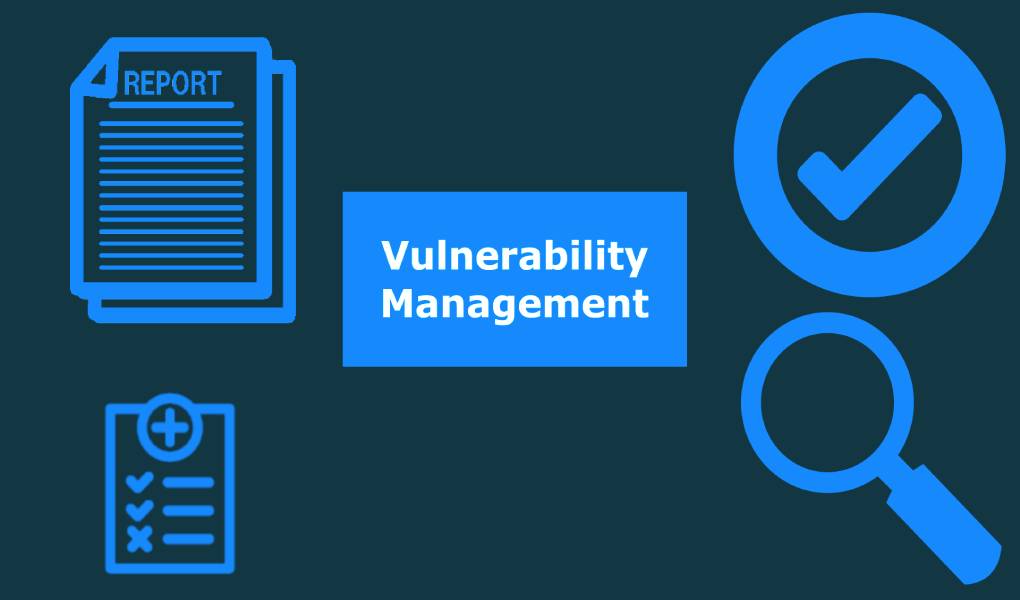Vulnerability management helps identify and seal software leaks on endpoints. However, many companies do not use it because they consider the solutions too expensive or simply redundant – after all, patching is done manually regularly. What is behind these and other misjudgments?
Software vulnerabilities are among the most popular targets for cybercriminals because they are widely known, and many companies are overwhelmed to patch. It often takes days, weeks or even months for companies to import the available updates – vulnerability management could help them drastically reduce this period and thus significantly reduce their risk. However, they are often subject to misjudgments about what vulnerability management can achieve and how it affects the IT infrastructure.
If You Patch Regularly, You Don’t Need Vulnerability Management.
With the growing number of endpoints in companies, the administrative effort also increases. Having an overview of all applications on all devices and always being up to date on new vulnerabilities, continuously checking the availability of updates, and installing them quickly after publication is impossible for IT managers without software support. Vulnerability management ensures that no system is overlooked and automatically distributes the available patches and fixes.
It is Expensive And Burdens The Infrastructure.
Although costs are incurred for the acquisition and introduction of vulnerability management, the solutions even relieve the IT budget in the long term. Automated endpoint checks, pre-configured responses to vulnerabilities and automatic patch distribution relieve employees of many manual tasks, freeing them up for other IT projects. Solutions with P2P architecture also do not require a complex server infrastructure because they use unused client resources and put less strain on the network than centralized tools. This offers enormous savings potential, especially in environments with many endpoints.
It Is Difficult To Implement In Remote Workplaces.
Modern vulnerability management keeps them up to date with patches even when endpoints are outside of the corporate infrastructure. IT managers can plan scans to run automatically at specified times and do not have to be triggered by a server. Since an agent on the device takes over the check, the results are usually even better than with remote scans, which only have an external view of the system. In addition, it is sufficient for solutions with P2P architecture if only one client in an external office has a connection to the head office – the other clients receive new vulnerability tests and patches from it.
A Vulnerability Test Is a Test That Can Be Passed.
A vulnerability scan only provides a snapshot. If the user or administrator installs new applications, the system is potentially vulnerable again – just as if new vulnerabilities are discovered for applications already installed. Therefore, IT managers must view vulnerability management as a process that requires regular vulnerability scans and continuous improvements to testing routines and responses.
Also Read: Networking Online VS. Offline Networking
